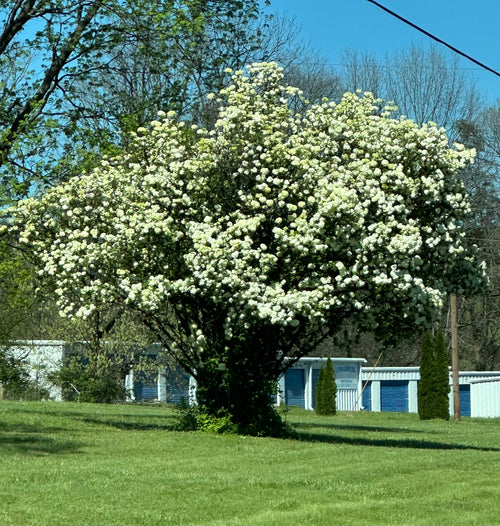Hydrangea Plants
Hydrangea plants are hardy perennial shrubs cultivated in several growing climates, ranging from zones 3 through 9. The flowers of the hydrangea bloom in summer and can last well into the fall. These are showy blossoms in shades of blue, pink, purple, or white. The leaves are bright green. They are one of the prettiest shrubs that accent any garden that gets full to partial sunlight.
Hydrangeas thrive well in many soil types. Some varieties will change bloom color depending on the soil's acidity or PH. Given adequate root space, specific hydrangeas varieties can grow upwards of 6 feet in diameter and 12 feet tall.
Hydrangea Varieties
Blue hydrangeas, Pee Gee's, and Oak Leaf Hydrangea are hardy shrubs with either ball-shaped or flat cluster flowers in blues and pinks. These do well in cooler climate zones 5 through 9.
Oakleaf hydrangeas, such as the Snow Queen, thrive best in climate zone 5. The flowers are deeper in color and dry to dark burgundy, making them colorful additions to seasonal centerpieces in autumn.
Panicle hydrangeas and Smooth hydrangeas, such as the PeeGee and Grandiflora, perform well in climate zone 3. These boast cone-shaped or snowball-shaped blossoms in lighter colors and whites.
There are also climbing vine hydrangeas and small container types.
Planting and Caring for Hydrangea Plants
It is recommended that hydrangeas be planted in either the spring or fall in porous, moist soil. Early morning and late afternoon shade are ideal, but most will bloom with partial sun. You should leave at least 3 feet between plants. After planting, makes sure you water generously.
Hydrangeas do best when the soil around the roots is healthy and clean, meaning you can add a small amount of organic-based plant food once a year and protect the soil with rich compost or mulch in winter.
You can prune various hydrangeas in the late fall or early winter, after they have stopped flowering, by cutting back the deadwood stems to encourage new growth. It will likely take two seasons to see new flowers you have pruned. Hydrangeas do not need to be shaped.
Researching Hydrangea Varieties
Hydrangeas are beautiful additions to gardens and lawn perimeters. Societies and clubs are dedicated entirely to this pretty and viable plant species. Some excellent publications written on the subject are worth checking out at your local library or ordering online.
Hydrangeas for American Gardens by Professor Michael Dirr is one of the more contemporary published works on hydrangeas with photographs, in-depth research, and descriptions.
Hydrangeas: A Gardener's Guide, co-written by British authors Toni Lawson-Hall and Brian Rothera, has beautiful photographs and easy-to-read descriptions for the home gardener.
BUY HYDRANGEA SHRUBS ONLINE. CLICK HERE



















































